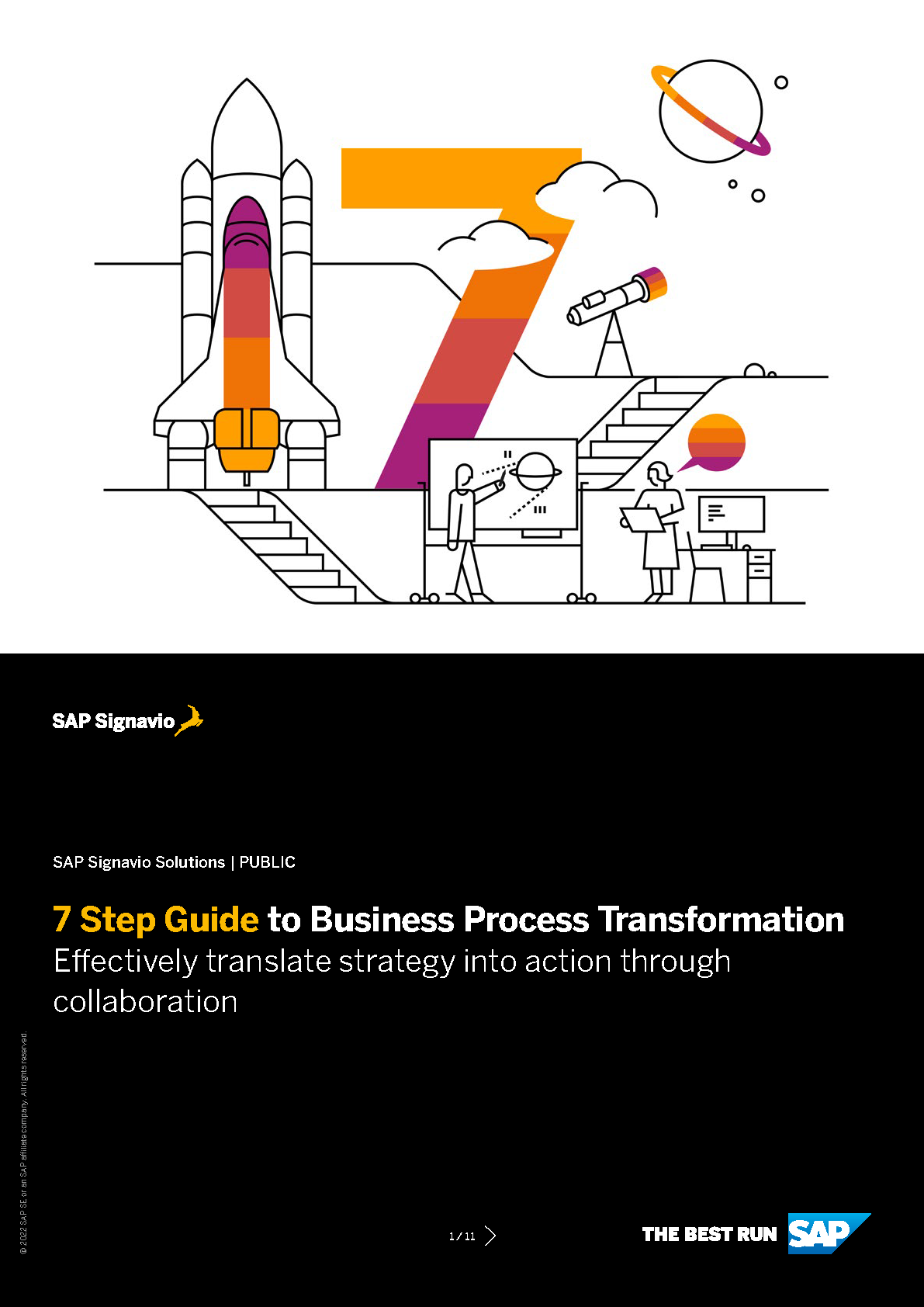Confused about the difference between BPM, business process analysis, and business process automation? You're not alone. Many teams mix these up, leading to duplicated efforts or missed opportunities.
This guide clearly explains how each one works—and why all three are essential for driving better business outcomes.
Related: Difference between business process management vs. workflow
What is business process management (BPM)?
Business process management is a structured approach to aligning operations with business strategy. It involves modeling, analyzing, designing, optimizing, and monitoring business processes to reduce inefficiencies, control costs, and improve outcomes.
Common BPM use cases include:
- Aligning operations with strategic goals.
- Improving efficiency across departments.
- Supporting digital transformation.
- Eliminating bottlenecks and standardizing workflows.
Example: A retail company uses BPM to align its supply chain, customer service, and inventory management processes. It maps how orders move from online purchase to warehouse dispatch and customer delivery.
By identifying redundancies and delays, it redesigns the workflow and introduces automation where needed. The result is faster delivery times, lower inventory costs, and improved customer satisfaction.
Related: Business case for business process management
What is business process analysis (BPA)?
Business process analysis is a structured method used to examine current workflows, uncover inefficiencies, and recommend improvements that align with business goals. It’s a key stage within the broader BPM discipline.
Types of business process analysis:
- Strategic analysis—processes are aligned with long-term business goals.
- Process analysis—the focus is on specific workflow efficiencies.
- Requirements analysis—requirements for process change are gathered and defined.
Example: A healthcare provider reviews its patient onboarding process, maps out every step using a flowchart, and discovers that a manual insurance verification step causes long wait times. The team recommends replacing the manual step with an automated verification tool. The new process reduces patient intake time by 30%.
What is business process automation (BPA)?
Business process automation is the use of technology to automate structured tasks and workflows, aiming to reduce manual effort, improve accuracy, and increase speed. It complements BPM by enabling process execution at scale.
Use automation when:
- You want to automate high-volume, rule-based tasks.
- You're aiming to reduce processing time.
- You're seeking to improve process efficiency and eliminate errors.
Example: An expense approval process that once relied on employees submitting PDFs via email, followed by several rounds of manual forwarding and spreadsheet tracking, is replaced with an automated workflow.
Now, requests are submitted through a digital form, routed automatically based on amount and approver role, and logged in real time. Finance teams save hours of manual follow-up each week.






